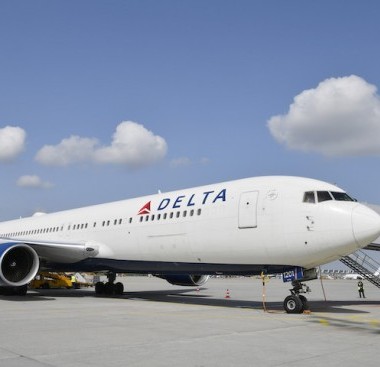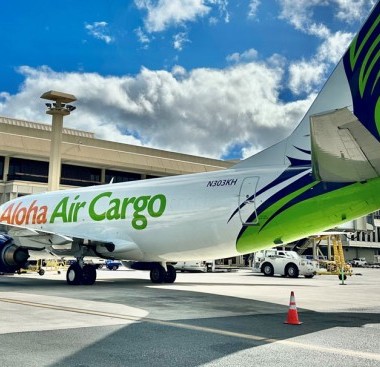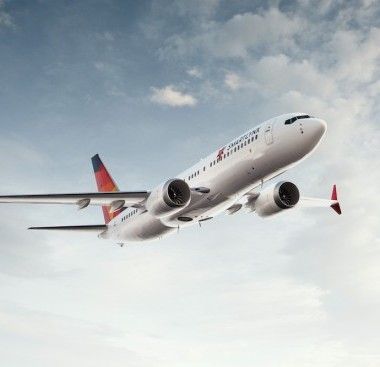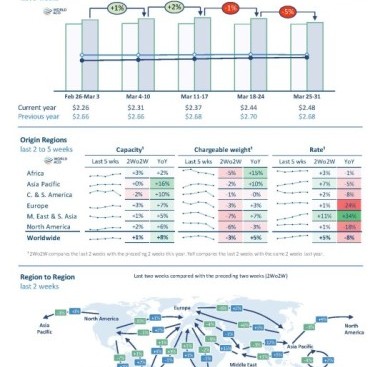Here Comes Another Discount Airline, and Wall Street Isn’t Happy
WestJet Airlines Ltd. began life 21 years ago as a low-cost airline in the Southwest Airlines vein: low fares and minimal frills. Over the years, as it sought to compete and grow, the frills, fares, and costs grew along with it. Now the Canadian-based carrier isn’t only headed back to its discount roots, it’s digging even deeper. The airline is planning to tackle the cheapest segment of the air-travel market by launching an ultra low-cost carrier (ULCC) modeled on Ryanair.
WestJet describes the move as defensive, intended to fend off incursions from rivals and helping stem the flow of some 5.5 million Canadian leisure travelers who cross the border to fly bargain airlines such as Allegiant Travel Co. and Spirit Airlines Inc. This domestic leakage has spurred entrepreneurs to consider starting other ultra-low-cost airlines in Canada, a nation notorious for steep aviation operating costs and airfares.
For Calgary-based WestJet, there’s an additional ancillary benefit: revenue diversity, given that low oil prices have drained $1 billion in air travel spending from Alberta, where about 40 percent of the carrier’s capacity flies.
WestJet will move 10 of its 737-800s into the new, separate airline. With 189 seats, the planes will be the same as those flown by Ryanair Holdings Plc, which offers 30 inches of pitch between seats and no recline. WestJet flies that same model with only 168 seats today, including 12 “Plus” seats with additional legroom at the front of the cabin. The still-unnamed discount carrier’s first flights in leisure markets are expected late this year or in early 2018, WestJet executives said on Tuesday during a quarterly call with analysts.
Of course, every successful player in this part of the airline business has begun with the same core element: costs that are materially lower than those of rivals offering more amenities and far fewer fees. WestJet Chief Executive Officer Gregg Saretsky said on Tuesday that the new carrier “will have significantly lower cost on every line of that business” and will probably not fly “in markets where we have a nice business mix.”
“It’s the easiest thing in the world to offer low fares. The hard thing is how to make money with low fares.”
Yet some industry observers are deeply skeptical WestJet can succeed with an ultra-low-cost offshoot, just as it’s ordering up to 20 new Boeing 787-9 Dreamliners, which will offer a new business-class service to Europe, Asia, and South America. Those planes, which begin to arrive in 2019, may replace older 767s that WestJet flies to London and Hawaii.
“Faced with startup discount airlines on one end and a saturated Canadian market on the other, management is fighting a two-front battle, with all of the cost and complexity that comes with it,” Walter Spracklin, an analyst with RBC Capital Markets LLC, wrote in a client note.
WestJet’s new venture, and its new 787s, come as the company’s 1,500 pilots are seeking to join the Air Line Pilots Association, which could lead to higher wages and other costs. The pilots rejected a similar unionization effort two years ago. Voting is scheduled for May 5-12. “If WestJet pilots do unionize, we would think it likely that the other employee groups (flight attendants, etc.) would follow suit,” Spracklin wrote on April 20.
WestJet appears to be following the approach some U.S. legacy airlines adopted with their “airline within an airline” forays, said Ben Baldanza, an adviser to NewLeaf Travel Co. The Manitoba-based company operates as a “virtual airline” by selling flights aboard Flair Airlines Ltd. As it approaches its first anniversary, NewLeaf is merging with Flair, which also flies oilfield workers and other charter customers.
Continental Airlines began Continental Lite in 1993, while US Airways launched MetroJet a few years later. Delta Air Lines Inc. inaugurated a Boeing 757 fleet called Song to compete with JetBlue Airways Corp., and United Airlines started Ted, which flew Airbus A320s. None of the carriers flew for more than a few years before the parent company discontinued them, dissatisfied with financial results, given that the startups’ costs were typically not much lower than those of their parents.
“We’re not worried about WestJet at all because no airline-with-an-airline has ever worked,” said Baldanza, the former chief executive of Florida-based Spirit. “They’re just trying to scare competition out.”
WestJet executives consider the new carrier “more of a separate vehicle” that won’t be integrated, at least initially, and will have a network that is coordinated with WestJet routes to avoid “cannibalization” of existing profits, said Bob Cummings, a WestJet executive vice president who will run the new airline.
“We could see issues with their new ULCC cannibalizing yields of the mainline operator,” Cowen & Co. analyst Helane Becker wrote on Tuesday in a client note titled “Too Much Going On to Get Comfortable.”
Jim Scott, president and CEO of Vancouver-based Canada Jetlines Ltd., which hopes to begin flying as a ULCC next year, said WestJet’s effort won’t affect his startup because “the NewLeafs and the WestJets are are just playing around the edges.”
National Bank Financial cut its rating on WestJet shares on May 2 to underperform, citing heightened “execution risks” in launching service at opposite ends of the customer spectrum. WestJet shares slid 3.2 percent on Tuesday, part of a 4.1 percent decline this year.
“It’s the easiest thing in the world to offer low fares,” Baldanza said in an interview. “The hard thing is how to make money with low fares.”
Similar Stories
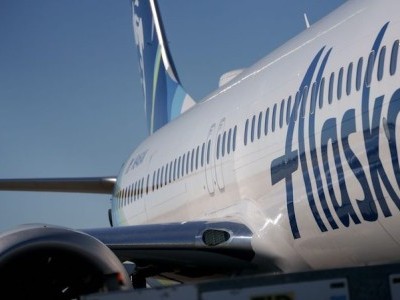
Alaska Air Group reports first quarter 2024 results
View Article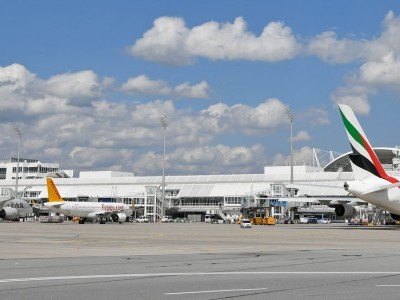
Munich Airport: Positive annual result and strong traffic growth
View Article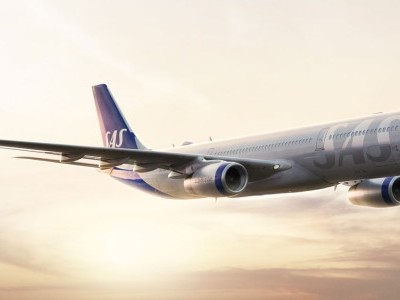
Scandinavian Airlines (SAS) and Worldwide Flight Services (WFS) partner for cargo handling at a fourth major airport in North America
View Article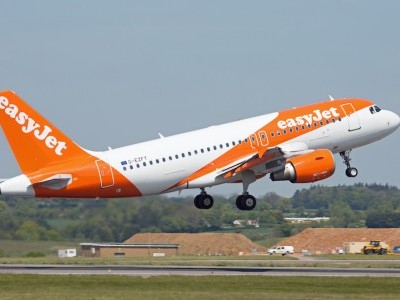
EasyJet re-deploys fleet from Israel to summer hotspots
View Article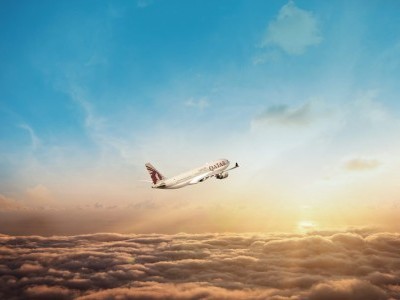
Singapore loses ‘World’s Best Airport’ crown to Qatar
View ArticleJet maker Embraer emerges as Brazil’s best stock on orders flow
Embraer SA’s push into a market long dominated by Boeing Co. and Airbus SE is bearing fruit in equity markets, as a flow of new orders from North America and…
View ArticleGet the most up-to-date trending news!
SubscribeIndustry updates and weekly newsletter direct to your inbox!

